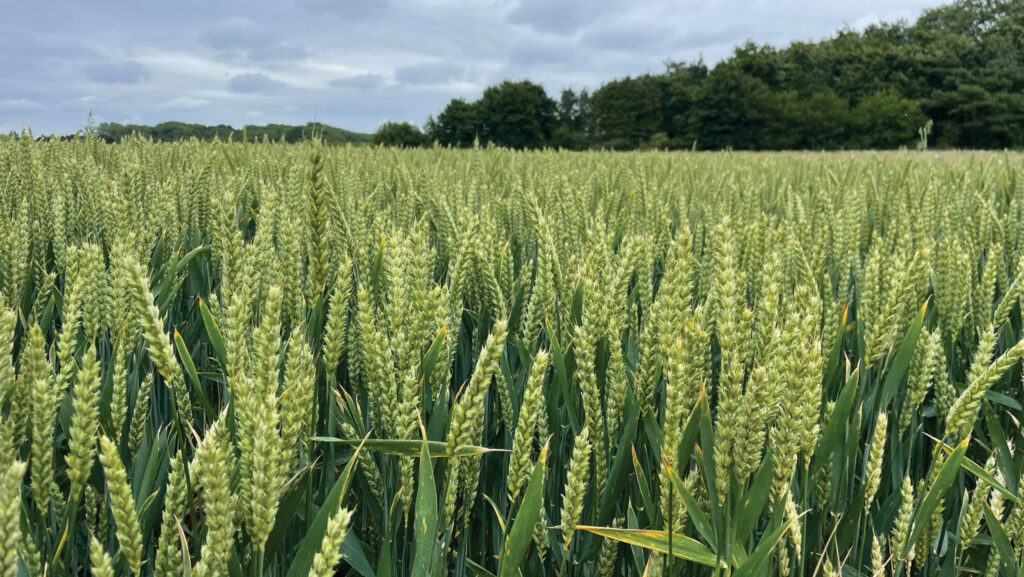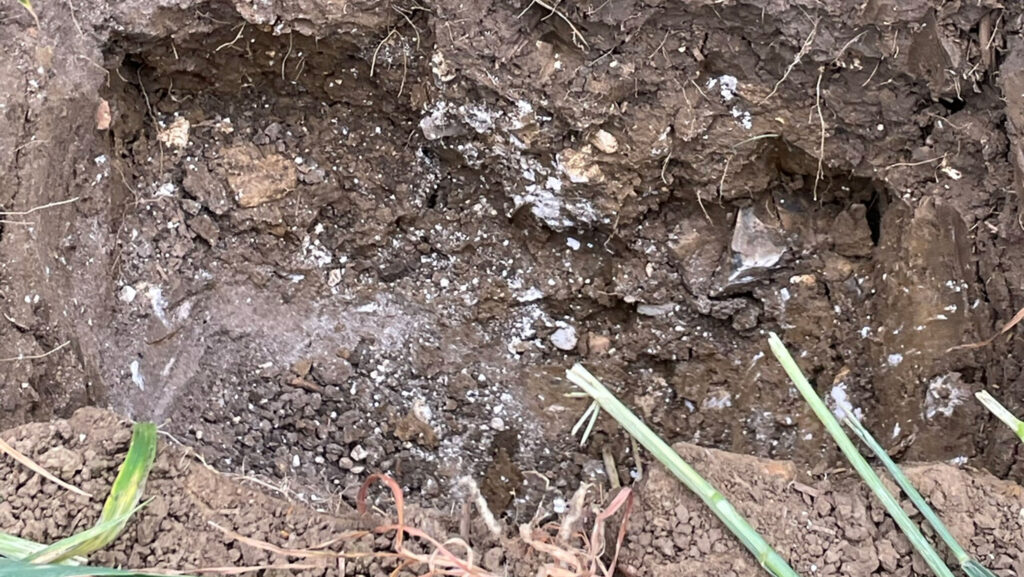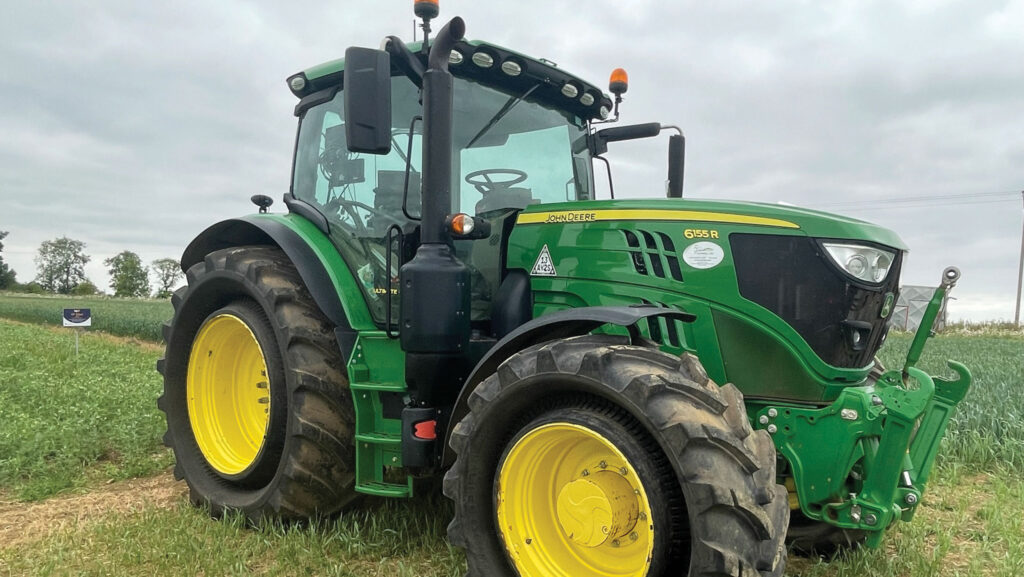Trial reveals cost of unnecessary soil cultivations
 © MAG/Richard Allison
© MAG/Richard Allison Running low disturbance legs through areas of fields that don’t need it could be costing farmers in reduced crop yields, as well as the extra diesel to carry out the unnecessary cultivation.
That was the message from cultivations expert Philip Wright at the recent Agrovista open day at its Lamport AgX site in Northamptonshire.
Sometimes there is a need to break up compaction using metal, but there is a temptation to run the cultivator through the whole field rather than target areas needing it.
See also: Why growing milling wheat is reducing risk for Sentry
He pointed to work which looked at soil loosening in areas of simulated soil compaction.
A Case Puma 200 with a Sumo Trio on the three-point linkage was used with 12t axle weight and high-tyre pressures (1.3bar) to replicate a turning headland.
This compacted area was compared with an area with no traffic. The field was direct drilled with a John Deere 750A drill.
There were four treatments:
- Untreated (no traffic)
- Compacted with no loosening
- Compacted with appropriate loosening
- No compaction with similar levels of loosening.
Digging a soil pit revealed that the compaction was 6in (15cm) down, so Philip set the Meir Soil Loosener legs at 7in (18cm) deep. “The loosening effect was in zones according to the leg spacing which was 55cm.”
The Extase wheat was taken to yield. Where there was (unremoved) compaction, yields fell to 80% of the control. This was not unexpected, as it showed the impact of tighter soils on a turning headland.
“Structure was less porous and fewer roots were seen to depth.”
Where this was re-loosened, the yield was 109%, which was not significantly different to the control.
“This showed that running the legs through the compacted area had effectively removed the problem that we created,” said Philip.
But where the uncompacted soil was loosened, he saw a yield of 86% and slumped soil in the leg zones. This was not significantly different to the yield seen with the compacted area with no loosening.
“Loosening has cost money (diesel) and also cost yield,” he said.
“If you don’t need to fix it, loosening can often make things worse, as it breaks up the natural columns, and de-stabilises the soil,” Philip explained.
“Key is to check out field areas with a spade before considering the need to loosen.”

© MAG/Richard Allison
Novel tyre system
This season, he is looking at tyre pressures including a novel system – the Galileo CupWheel.
Developed in Israel, the CupWheel is a hybrid system that combines the traction and flotation advantages of rubber tracks with the roadability, efficiency and compatibility advantages of tyres.
The technology is at present used mainly on irrigators and skid steer equipment, but it is now being introduced to other markets for use on tractors and construction vehicles.
The company says the footprint is more like a track, but with less ground pressure.
In the trial, Philip is comparing Michelin Axiobib VF tyres on a John Deere 6155R with a 3m GD Weaving disc drill at two different pressures.
VF (Very High-Flexion) tyres are built to enable tractors to carry out work like drilling at lower pressures.
The control was run at 18psi (1.2 bar), then Philip dropped the tyre pressures as low as possible to 10psi on the front and 11psi on the back tyres (0.69 and 0.76 bar, respectively).

© MAG/Richard Allison
These are being compared with the CupWheel, which is designed to run at 6psi (0.41 bar).
He drilled two crops, spring wheat and combining peas. Combining peas were chosen, as they are sensitive to any compaction.
A month later, Philip assessed the wheat and pea plots and visual observations suggest best rooting and canopy with low pressure VFs.
The poorest rooting was seen with the high pressure VFs and the CupWheel showed intermediate rooting and a good canopy.
However, he added that the conditions at drilling were marginal with soils wetter than ideal, because of the late spring.
Plots will be taken to yield with results to be revealed next year.
Previous work
In the meantime, he pointed to previous work on two farms concluding that running tyres at ground pressures of 0.7 bar or less can avoid the yield losses seen with higher pressures.
Areas trafficked with high-pressure tyres (1 bar) yielded only 60% of what the untrafficked areas achieved.
The yield increased to 70% with medium-pressure tyres (0.7 bar) and then 94% with low-pressure tyres (0.5 bar).
For a set of 710 tyres on a tractor pulling a 3m drill, Philip calculated that farmers can be affecting 50% of the farmed area when allowing for tramlines and turning headlands.
Therefore, the 40% yield penalty with high-pressure tyres can apply to half the farmed area.

